Balsam "Tom Samb": characteristics and cultivation
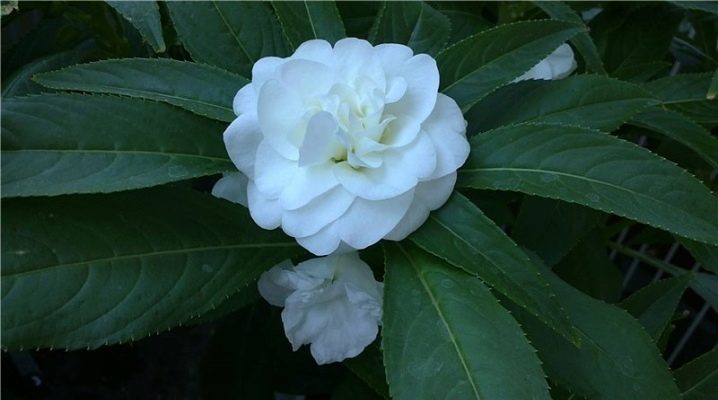
Balsam is a flower that can decorate any flower bed. He fell in love with flower growers for the magnificent appearance and colorfulness of flowers. It is easy to grow it yourself from seeds if you know the technology and follow the advice of experienced growers.
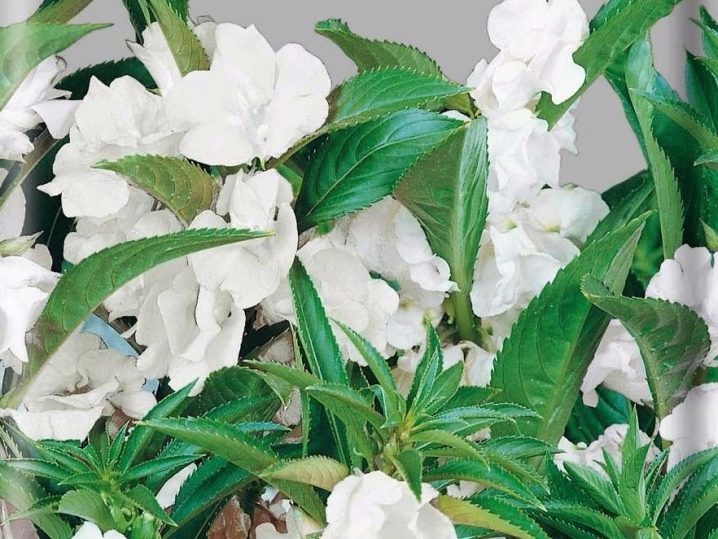
Description
An unrivaled plant that loves to grow in partially shady areas. A compact dense bush that grows about 30–45 centimeters in height. Flowers appear in abundance from June to September.
Balsam demonstrates itself best of all on light fertile soils. The resulting seeds are sown in March or April both in open ground and in containers.
Balsam is a visitor from Africa who prefers tropical and subtropical climates. Today it is planted as a decoration for the garden landscape on most continents. It appeared in Russia only at the end of the 19th century.
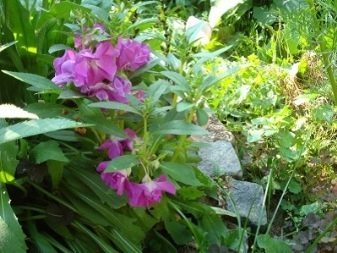
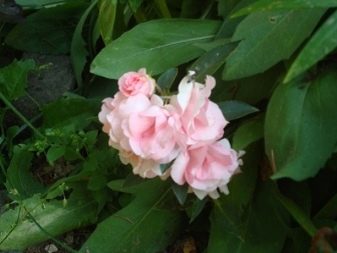
Flowers form on stems between foliage. The color of the buds depends on the variety. The leaves are light, green, very thin, and in large numbers, singly distributed along the central shoot.
In regions where there are frequent changes in weather conditions, strong winds, droughts, prolonged rains, balsam feels bad. It dies quickly at low temperatures.
When planted in the open sun, the plant requires a lot of moisture, and does not tolerate drought at all.
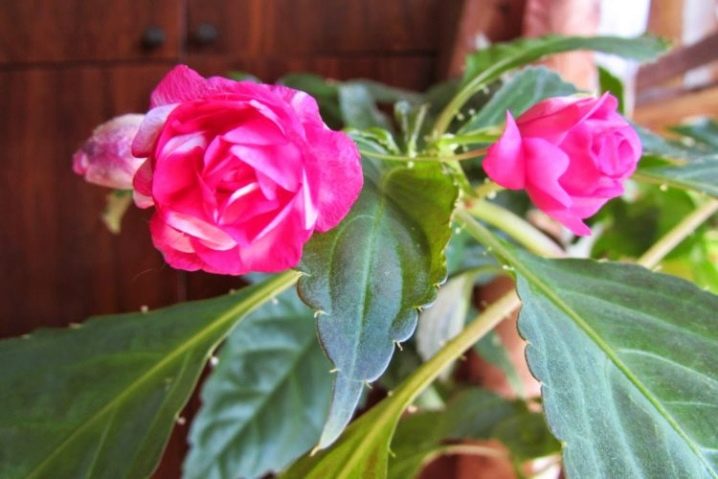
Varieties
There are a lot of balsam varieties. The following varieties can be distinguished from the Tom Samb series.
- "Tom Samb purple". A flower that pleases with its beauty for only one year. Grows into a bush with a maximum height of 20 centimeters. After planting, it very quickly gains green mass and begins to bloom with double flowers. Differs in a large number of buds. This variety prefers warm weather, but can grow in small shade under a tree. The bush pleases with flowers from early summer to late autumn.

- "Tom Samb two-color". Like other balsams, this variety belongs to annual plants. Flowers attract the attention of florists because of their unusual color. Seeds can be planted as early as March, buds will appear in summer, and flowering continues until September. The flower can be grown both outdoors and in pots at home.
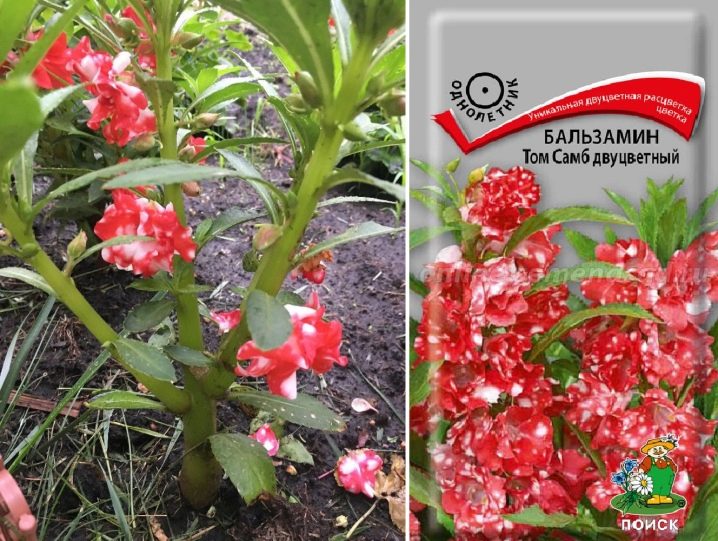
- "Tom Samb white". This plant is ideal if the flower bed is under a tree. Balsam develops remarkably and reaches a height of about 20 centimeters in conditions of little shade. Dense foliage forms on the bush, flowers are large, double, snow-white. If sown in March, flowers will appear in early summer.
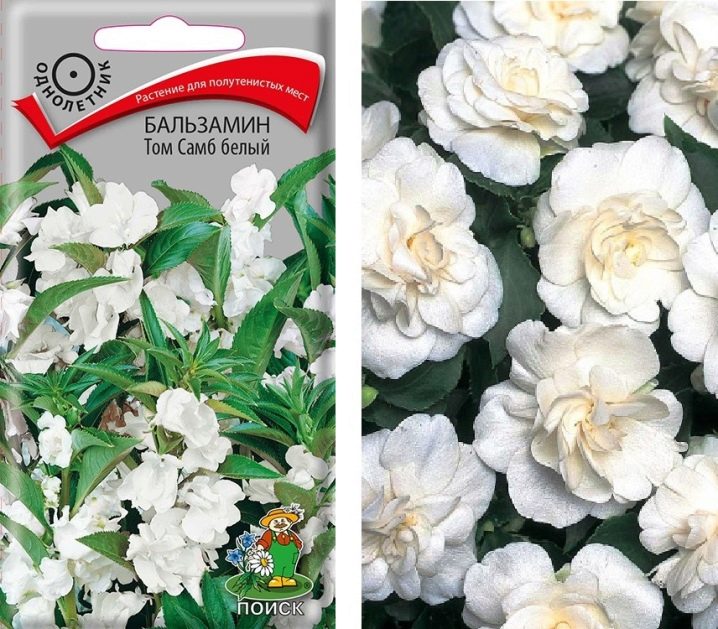
- "Tom Samb Salmon". The maximum height of this annual is 25 centimeters. Growers love the variety for its dense foliage and abundant flowering. The flowers are double and have a pink tint. Many people grow this flower not in a flower bed, but on a windowsill.

- "Tom Sambe pink". By the name it is easy to guess what color the flowers of this plant have. Flowering continues until the onset of the first frost, the bushes are larger in size than some other varieties, and reach a height of 40 centimeters.
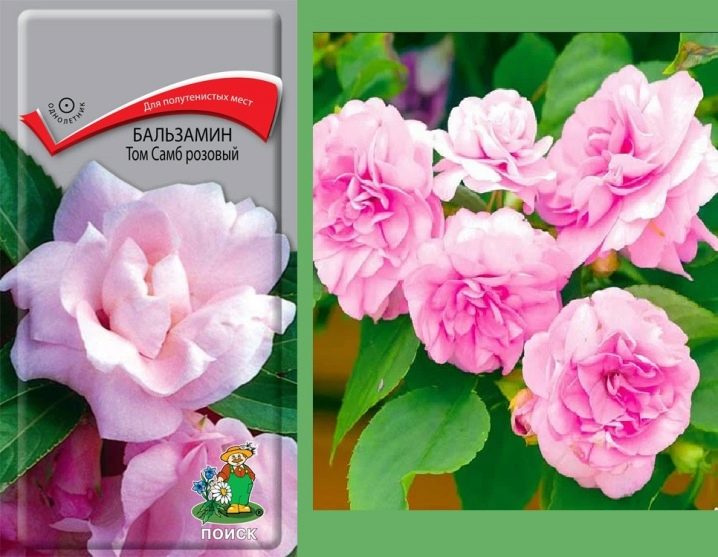
- Tom Sambe Scarlet. A flower that feels great in a flower bed, where shade lasts most of the day. Differs in bright red color of double flowers. Can be grown in pots on a balcony, in a flower bed and even in a greenhouse.
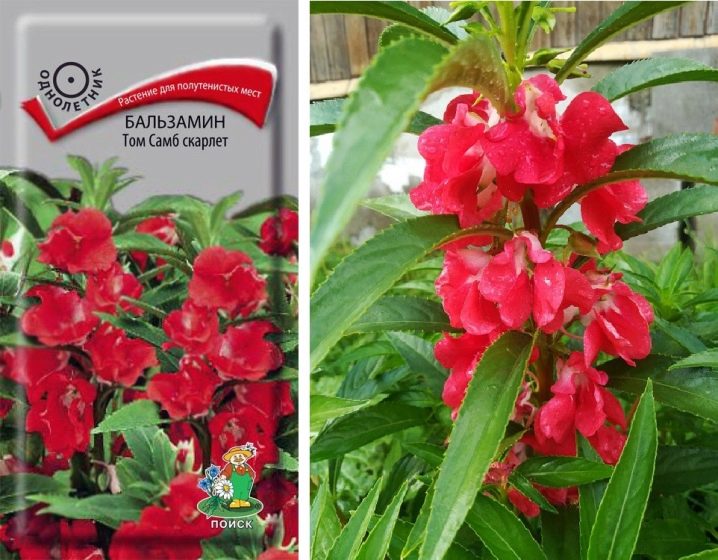
How it looks in a flower bed
Thanks to balsam, an amazingly beautiful flower bed is obtained. It is especially advised to pay attention to the two-color variety. There are a huge number of shades that this flower can offer to the florist:
- Red;
- Orange;
- pink;
- crimson;
- yellow;
- salmon;
- purple.
With such a combination of colors, the balsam immediately becomes noticeable to others, and prolonged flowering allows you to maintain an attractive landscape for several months.
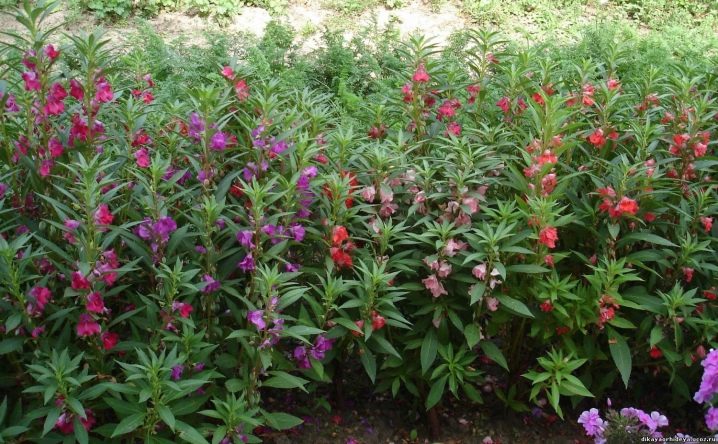
How to grow?
Fine-grained sand is ideal as a germination medium. The grower is required to keep a layer of nutrient mixture of 3 millimeters constantly moist. If the soil temperature is 18–20 degrees, seedlings appear 15 days after planting. The distance between plants in a flower bed should be within 15–20 centimeters.
Experienced flower growers advise you to pay special attention to the composition of the soil for balsam when planting. The soil must be well drained. As for fertilizers, do not like their balsamm - even with a slight excess of any nutrients, it begins to shed foliage and loses its attractiveness.
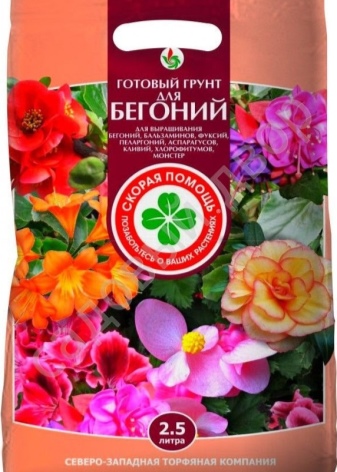
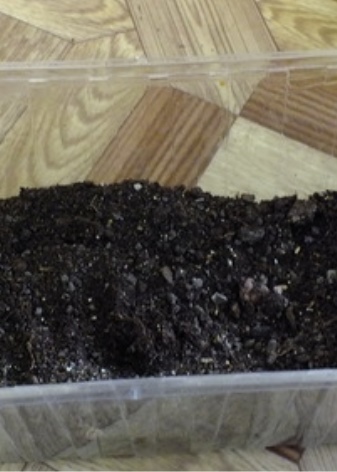
Before planting a plant in containers for seedlings, the soil must be prepared. They do it as follows.
- The soil must be properly disinfected in the oven, which will protect the planting material from fungal infections. For this, the soil is placed inside the oven and kept at a temperature of 80 degrees for an hour. At the same time, the temperature is no longer increased, otherwise the vitamins and minerals contained in the earth will decompose.
- The germination mixture consists of equal parts of coarse sand and peat. River sand cannot be taken, since there are many harmful accumulations in it. The soil should be sufficiently moist with neutral acidity.
- Fertilizers are not applied.
Garden balsam in the regions of Russia is planted during the period when the soil warms up to 19-20 degrees.
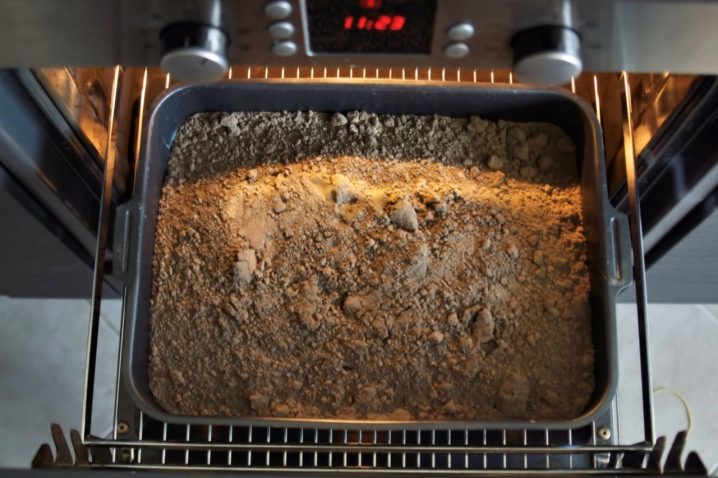
Sowing seeds
Growing balsam from seeds at home is a simple procedure that does not require much time and effort. Seeds can be purchased at the store, or harvested from your own flower bed. The shelf life of such planting material is 7–8 years. Maximum germination is maintained during a storage period of 2 to 4 years.
Before sowing, seeds must be disinfected with potassium permanganate for 10–20 minutes and put on a damp cloth for 10–12 hours. Sow into prepared soil in containers. The soil must be moistened, sprinkled with a dry substrate on top and the required amount of moisture is added using a spray bottle.
The containers are covered with polyethylene, creating a greenhouse effect. The first shoots appear in 8-10 days.
Seeds are sown in open ground at the end of April, when the soil warms up.
In a week or two, shoots will appear, and in June the plant will reach the desired size and bloom.
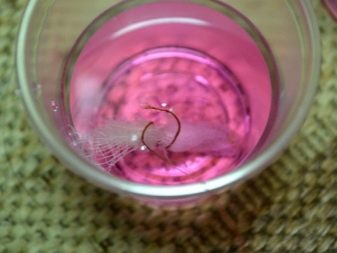
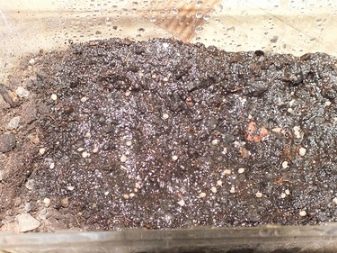

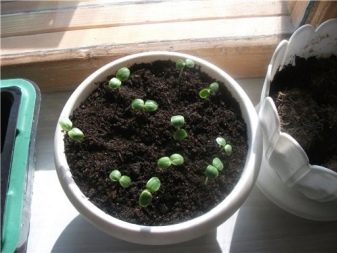
How to sow and grow balsam, see below.































The comment was sent successfully.